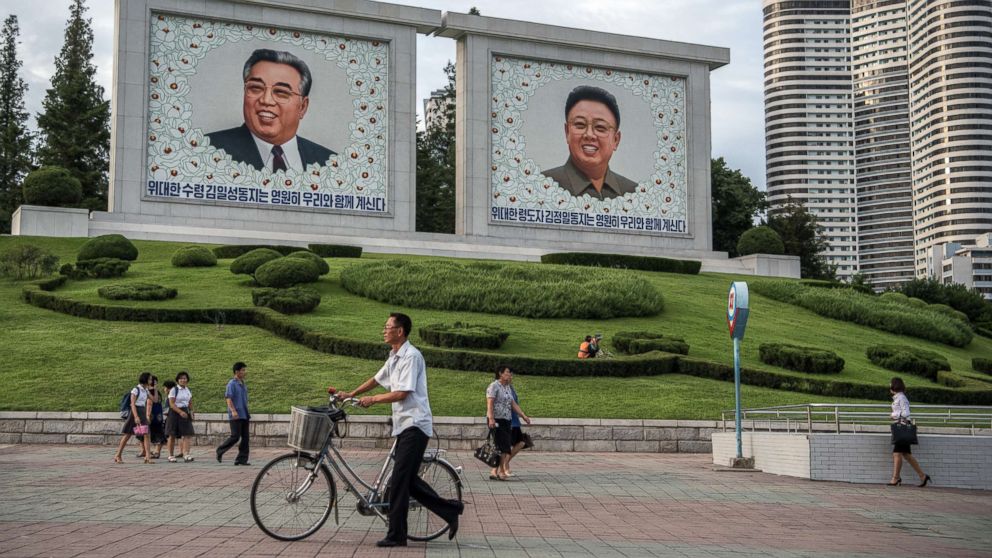Our global cooking challenge has taken us on our first foray into Asia: North Korea. While we won’t be booking a family vacation there anytime soon, we can at least explore the country’s cuisine from the comfort of our own kitchen. And let’s be honest, food is often the best window into a culture—especially one as mysterious as North Korea.
North Korean cuisine shares its roots with South Korean food but has its own unique twists. While kimchi, rice, and noodles are staples, the flavors are generally milder, with less spice and sweetness than their southern counterparts. Due to limited access to certain ingredients, North Korean food focuses on simple, locally sourced staples—grains, vegetables, and for those who can afford it, a bit of meat. There’s also a strong influence from China and Russia, particularly in noodle and dumpling dishes.
For our meal, we leaned into two dishes that are enjoyed on both sides of the Korean peninsula:
Bibimbap [recipe (external)]
A colorful bowl of rice topped with sautéed vegetables, a fried egg, and (traditionally) gochujang sauce. Since spice is less common in North Korea, we kept it milder but still packed with flavor.
A hearty and delicious dumpling, often filled with pork, tofu, and vegetables. These are common street food and festival treats, and let’s just say, our kitchen turned into a mini dumpling factory.
While making these dishes, I couldn’t help but think about how food tells the story of resilience. North Korea has faced food shortages, and yet, meals like Bibimbap and Mandu are symbols of resourcefulness—using whatever is available to create something nourishing and satisfying.
Of course, my kids were mostly excited about stacking their Bibimbap bowls like edible art and seeing how many dumplings they could eat before I noticed. (Spoiler: It was a lot.)
See our YouTube video of our experience:
https://youtu.be/vxOt8YJdf14


.png)

No comments:
Post a Comment